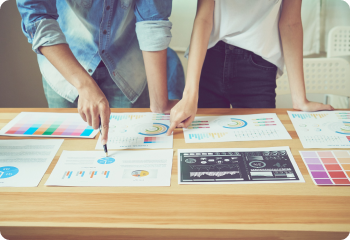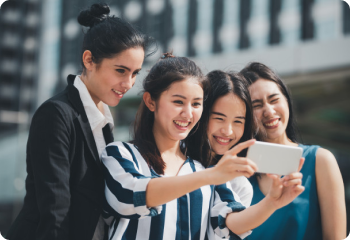Marketing tactics
 Product tests
Product tests Synaesthesia
Synaesthesia
Product testing
Product tests
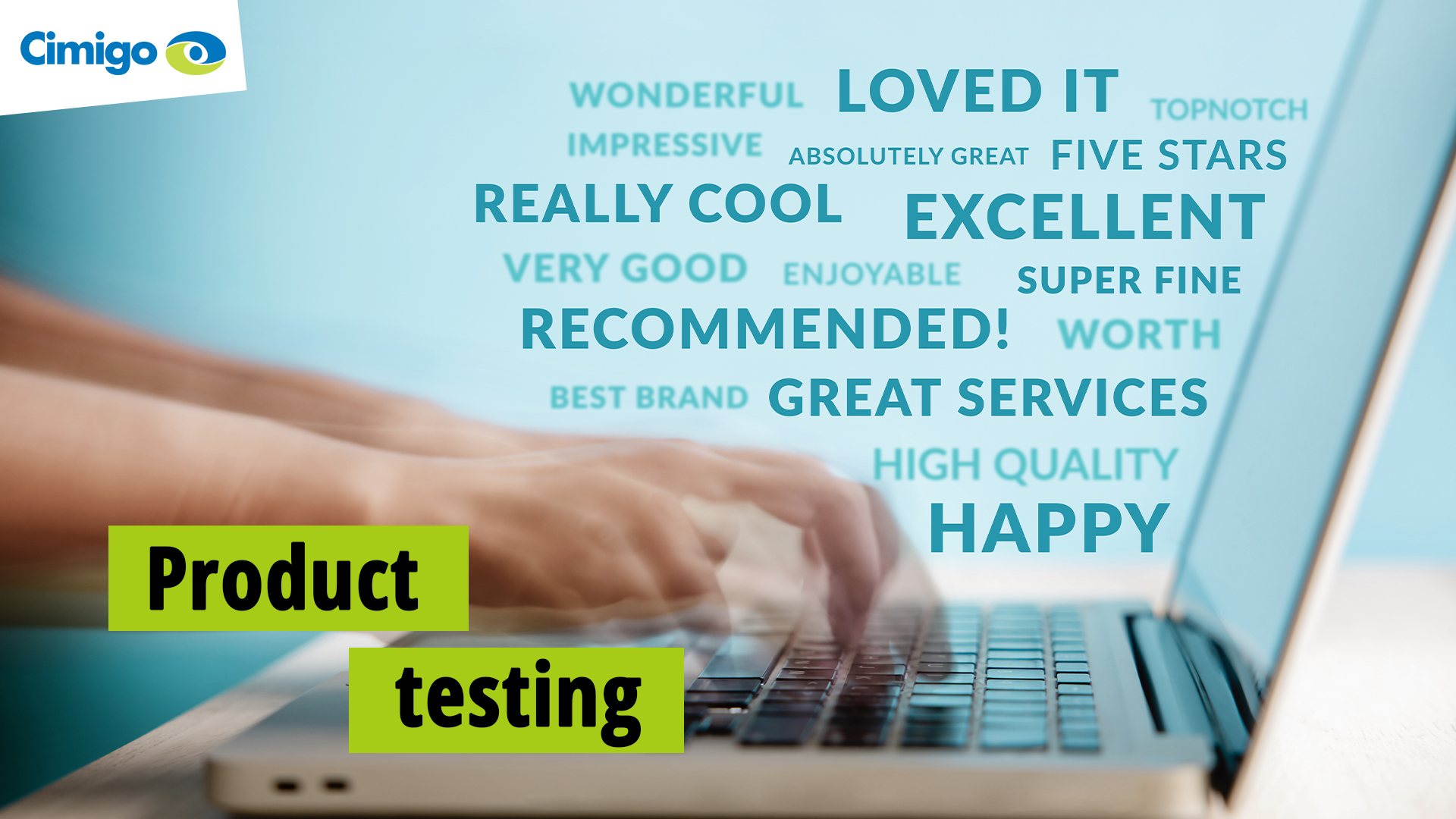
Cimigo test products every week, some new, some evolutions and some just to ensure Cimigo’s clients are out performing their competitors. There is a plethora of approaches to test products depending on the decisions you need to make. Cimigo will help you make better choices depending on the decisions in hand.
Most commonly products are tested against the current product or competitive products or several alternative options for new products. This enables a benchmarking comparison. This is typically managed by matching panels of participants or testing on a rotated basis, one after the other (sequential monadic design).
In home use test
Whether it be for a washing detergent, a beauty regime, a children’s milk or a rice cooker, Cimigo will recruit the target consumers in the identified segment to use the product at home. These participants will put aside their ‘usual’ product and use and evaluate your product, providing feedback with video, images and answers to questions on Cimigo’s mobile application after (and often during) their use.
In home use tests are critical in many categories where experience can change with continued use, through saturation, boredom or different occasions of use.
Central location tests
Typically employed for sensory testing, be that; apples, rice, sauces, beverages, candies, motorbikes or cars. Cimigo will recruit the target consumers in the identified segment to visit Cimigo’s in-house testing facilities where in a controlled environment (de-branding and consistent; testing protocols, temperatures, serving equipment, stimulus exposure, processes, etc.) they can test the product and Cimigo can collate feedback from interviews and in-depth interviews.
Synaesthesia
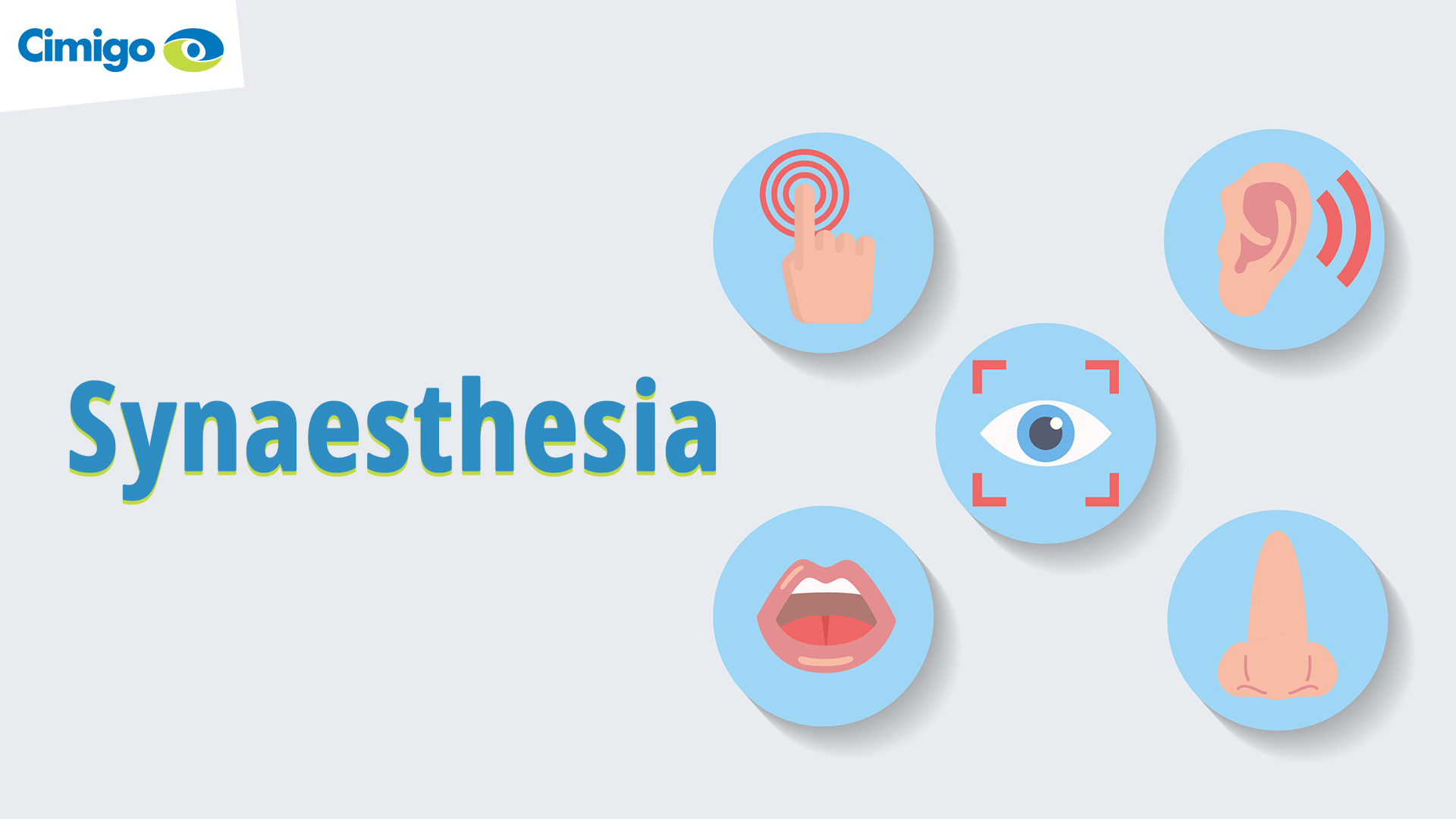
The senses are critical to branding, by focusing on synaesthesia, the multi-sensory experience, you can heighten the brand’s appeal and differentiation. Synaesthesia brings together the science of sensory perception. So many products permeate eight senses
-
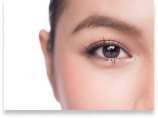
Sight -
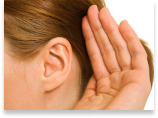
Hearing -
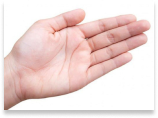
Touch -

Taste -
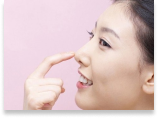
Smell -
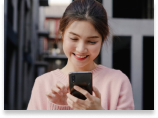
Kinaesthesia (derived from consumer posture and movement) -
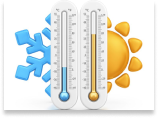
Temperature -
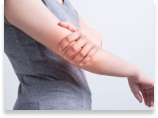
Pain
They interact with one another – some more than others. I look at my laundry, smell it, feel it with my fingers and brush it across my face! I do so when I open the package, when I wring out my clothes, when I hang them to dry and when I iron and fold them.
Consumers struggle to articulate and describe their sensory experience. Consumer language is especially naïve, subjective, limited and variable in describing the senses. Specialist synaesthesia techniques can provide rich consumer diagnostics to fuel development process and helps consumers articulate the sensory experience, the gaps and desires.
Cimigo help elicit the unconscious as consumers are often unaware of their sensory experiences. Synaesthesia projective and elicitation techniques are numerous, some examples:
- Sensory audit.
- Video sequencing.
- Magnifying.
- Cross sensory probing.
- Cross sensory stimuli.
- Metaphors.




